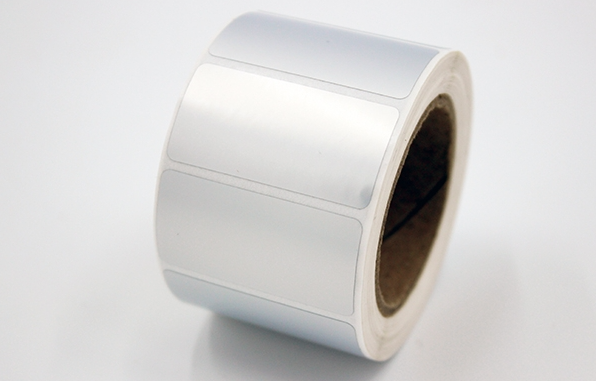High-temperature resistant label stickers are designed to endure elevated temperatures without losing their adhesion or readability. These stickers find applications in various industries, including automotive, aerospace, electronics, and manufacturing, where exposure to high temperatures is common. Here are some key considerations for high-temperature resistant label stickers:

-
Material Composition:
- Labels are often made from high-temperature resistant materials such as polyimide, ceramic, metalized films, or coated papers.
- The choice of material depends on the specific temperature range the sticker will be exposed to and the duration of exposure.
-
Adhesive Properties:
- The adhesive used in high-temperature resistant stickers should maintain its bonding strength even at elevated temperatures.
- Adhesives may be formulated to resist degradation or loss of stickiness under high-temperature conditions.
-
Printability:
- High-temperature resistant stickers should be printable with essential information, warnings, or identification details.
- Compatibility with various printing methods, including thermal transfer, direct thermal, inkjet, or laser printing, may be considered.
-
Coatings and Treatments:
- Stickers may have special coatings or treatments to enhance their high-temperature resistance.
- These coatings can provide additional protection against heat, chemicals, and environmental factors.
-
Compliance with Standards:
- Stickers may need to comply with industry standards or regulations related to high-temperature resistance and safety.
- Standards such as UL 969 may be relevant, especially for applications in electronics and electrical equipment.
-
Durability:
- High-temperature resistant labels should be durable and able to withstand harsh conditions without deteriorating or fading.
- Resistance to abrasion, chemicals, and other environmental factors should be considered.
-
Application Surfaces:
- Consider the type of surface the sticker will be applied to and ensure that the adhesive is suitable for that surface.
- Some stickers are designed for metal surfaces, while others may be suitable for plastics or other materials.
-
Customization Options:
- Manufacturers may offer customization options, including size, shape, color, and printing options to meet specific application requirements.
- Variable data printing may be essential for adding unique identifiers or serial numbers.
-
Testing and Certification:
- Manufacturers may provide test reports or certifications indicating the sticker's performance under high-temperature conditions.
- Look for stickers that have been tested for compliance with industry standards.
-
Removability:
- In some cases, the ability to remove the sticker without leaving residue may be important, especially in applications where components are reworked or replaced.
When selecting high-temperature resistant label stickers, it's crucial to carefully assess the specific requirements of the application and choose stickers that meet the necessary temperature resistance, durability, and compliance standards. Always refer to the manufacturer's specifications and recommendations for optimal performance.
We offer comprehensive technical support, including free professional labeling solutions, advice on label materials and adhesive selection, as well as online/offline assistance from professional software and hardware engineers. Service email: andy@ownlikes.cn. In pre-sales, we leverage our extensive experience in specialty labeling projects to provide clients with the most suitable hardware solutions. Additionally, all our label barcode printers and scanners come with a three-year free warranty, demonstrating our confidence in our products.




